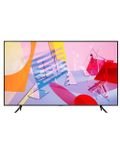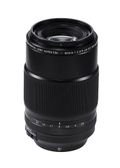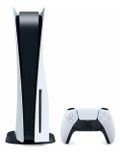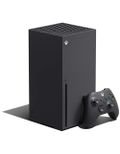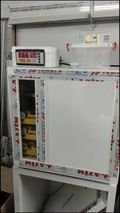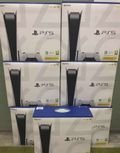Choosing TV Screen Size
Learn how to choose the correct size screen
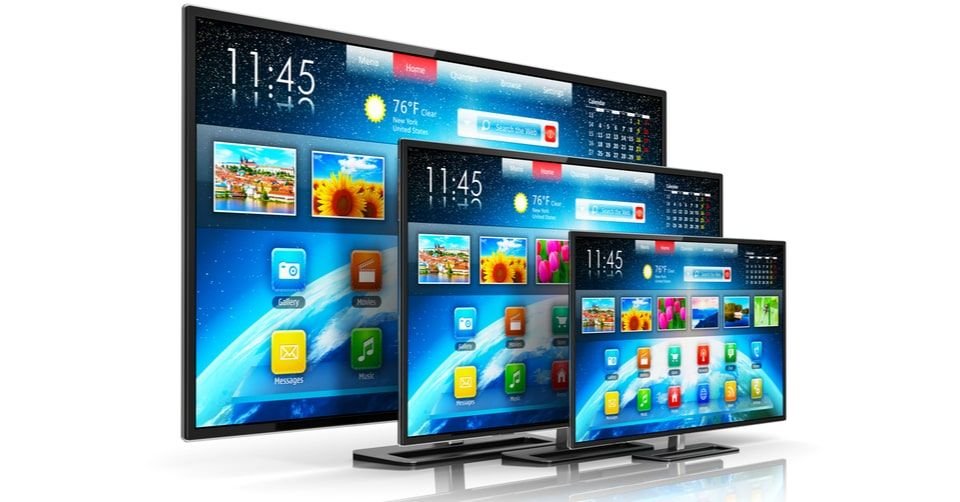
TV screens are the most important electric devices, we have to bring to your attention the important factors when choosing the TV screen size that will allow you to have an enjoyable time and fit your room size. We at Labeb and through this article will guide you on how to choose a TV screen that fits in your place.
How to choose the correct TV screen size?
Everyone wants to own a big screen thinking that bigger screens will give them the home theater feeling, thus replacing going to movies by staying home and saving money on the ticket. That is not true! Getting a giant TV screen for a small room will not give you a pleasurable experience. If you want to know the correct measurements that go with your room size, you only have to read this article. But, before that, there are some tasks and precautions you have to pay attention to:
Taking the correct measurements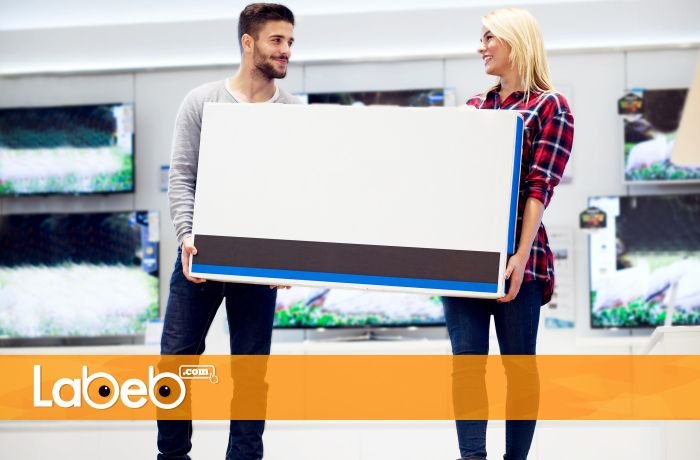
Before deciding on the correct size for the TV you want, we suggest you use a meter and take the room’s measurements, especially since flat screens have different sizes than old television sets. The difference is only by inches, but TV screens are measured diagonally, therefore this difference in the inches has a big effect on the length and width of the screen.
Remember that not all TV screen frames are similar, therefore taking measurements is very important especially if the TV is going to be placed on a table, wall unit, or inside a certain design. For example, new TV screens with thin edges are smaller than the old TV sets with big edges. Also, the sizes differ from one brand to another. Taking those measurements is an important step to choosing a correct screen since when you see screens displayed at stores, it is almost impossible to guess which one is the most suitable.
Generally, Labeb.com advises you to pick a large TV for a big room taking into consideration the design, furniture, and décor. People like big screens, but that is not always the brightest decision.
TV Weight
Screens have different weights depending on the screen size.
When planning on placing the TV screen on a table, we advise people to measure the empty area the table is going to take and to make sure the table can carry the weight of the TV you are planning to get. When planning to hook the TV onto the wall, we advise you to check the wall mount that can carry the TV and then drilling it using roll black screws. The number and size of screws also depend on the TV’s size and weight. You can also use wedges that are pinned on to the wall with light screws to support a light weighed screen. Here you have to make certain that the wedges and screws diagonals meet the base and weight of the screen you want to buy.
As a general reference, the average weight of flat screen TV’s is 20KG and that number varies with the size of the screen, length, design and model. The lightest screens are Edge-lit LEDs, approximately 11KG for a medium size while Back-lit LEDs, Plasma screens, and Ultra HD screens may weigh a little more than the Edge-lit LEDs. When planning to purchase a TV, and choosing to place it on the wall, we advise you to take all the necessary precautions before going to the store.
TV location in the room
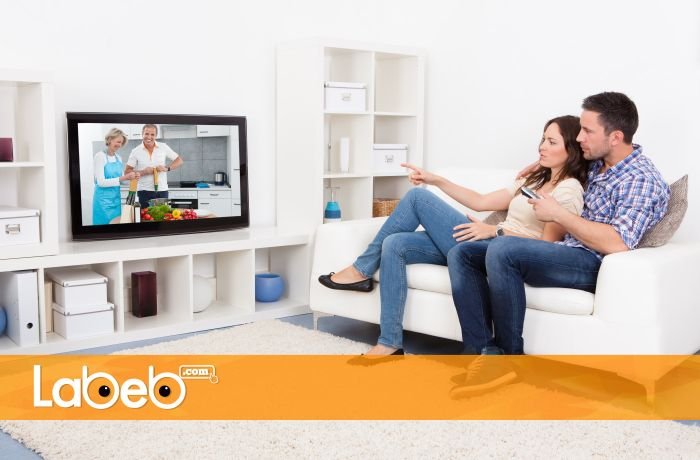
Before purchasing a screen, you must decide on its location, since putting the TV in the bedroom differs than putting it in the living room or any other place. Small TV screens – because they are easy to move – are more suitable for bedrooms. On the other hand, bigger screens are better for living rooms. Because of the available screens nowadays, Labeb advises you to purchase screens beginning with 40 inches for living rooms, and 32 inches for bedrooms.
Distance or Visual field
There is a big importance for distance or visual field between the screen and the person watching. Most people look for a clear and quick equation for choosing a screen size. As an example, if you sit in position x away from the screen, then the screen’s size should be y to get the best viewing experience.
Therefore, Labeb has provided you with these equations in the table below:
|
Screen size (Inch) |
Minimal distance (meters) |
Maximum distance (meters) |
|
28 |
1.00 |
2.00 |
|
30 |
1.13 |
2.20 |
|
32 |
1.25 |
2.50 |
|
36 |
1.40 |
2.80 |
|
40 |
1.45 |
2.90 |
|
42 |
1.50 |
3.00 |
|
46 |
1.60 |
3.20 |
|
48 |
1.75 |
3.50 |
|
50 |
1.85 |
3.70 |
|
52 |
1.90 |
3.80 |
|
54 |
2.00 |
4.00 |
|
56 |
2.10 |
4.20 |
|
58 |
2.15 |
4.30 |
|
60 |
2.25 |
4.50 |
For some people, they don’t mind a pixilated screen, unless they sit close to the screen, then Labeb advises you to check the table above. You can also test your desired preference at the stores and galleries.
Be Smart!
Before buying a TV screen, and for a smart decision, we advise you to take the measurements at first, then paying attention to the screen weight, room in which the TV will be placed in, the location of the TV (wall mount or table), and eventually distance and field vision.
- [[PropertyDescription]] [[PropertyValue]]
